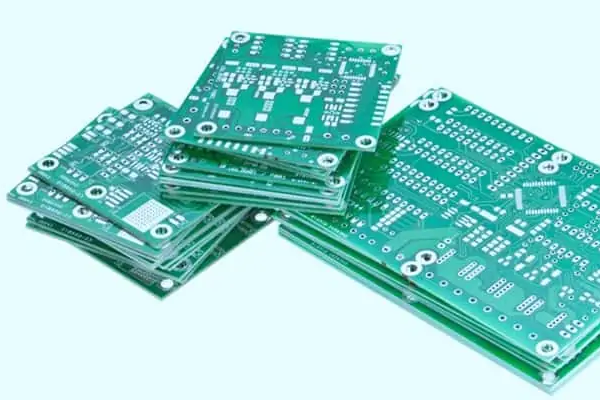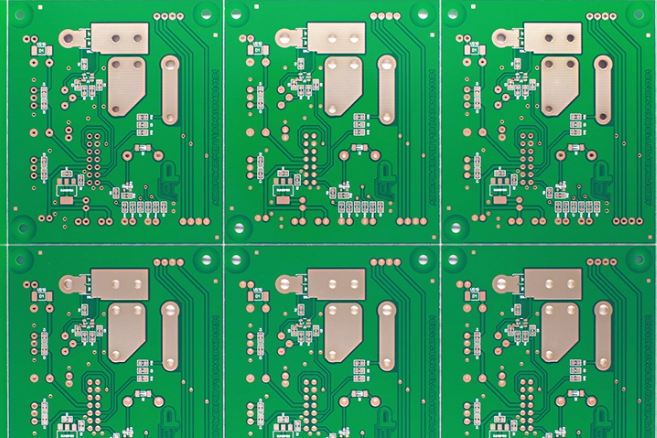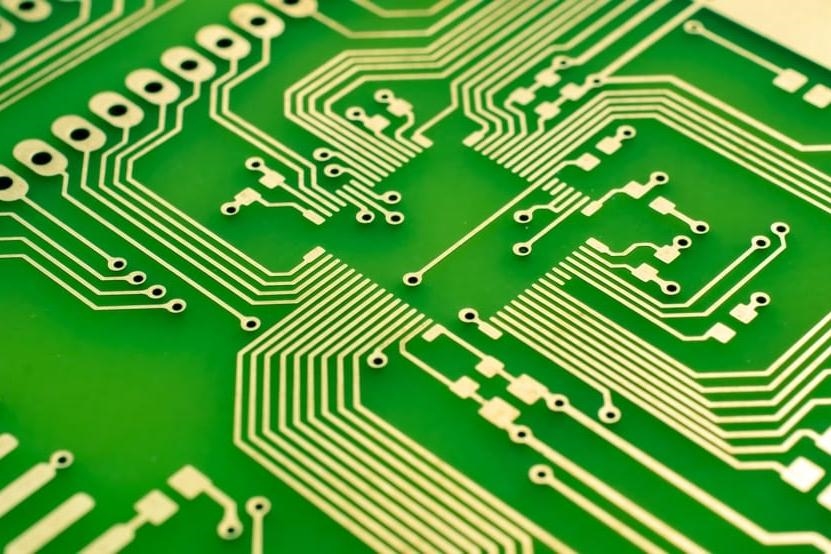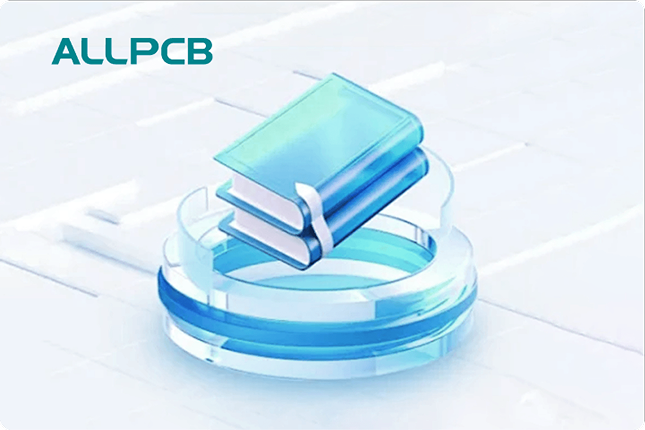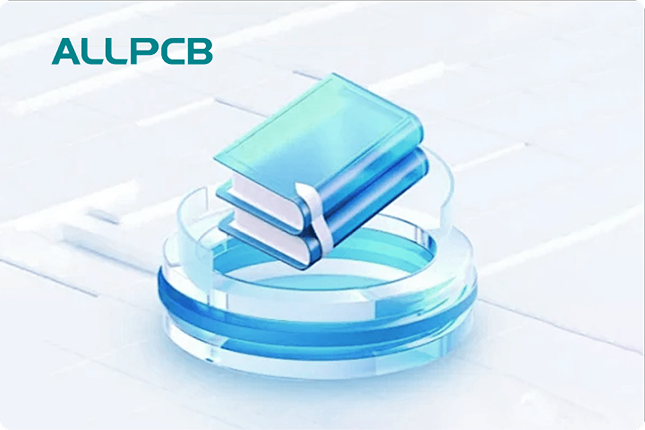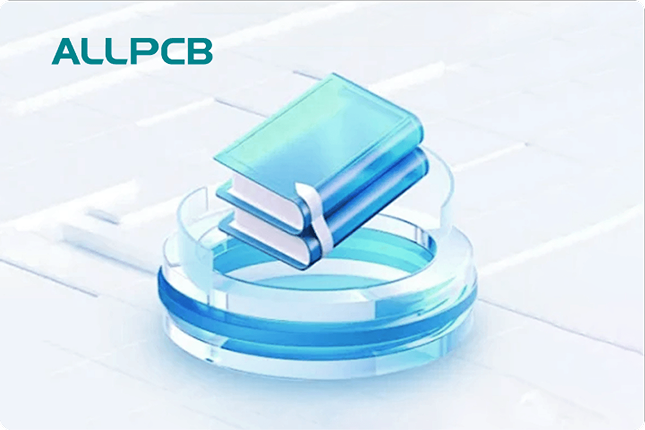When it comes to creating high-quality printed circuit boards (PCBs), silkscreen printing plays a crucial role in adding labels, symbols, and instructions to the board's surface. Among the various color options, white silkscreen printing is a popular choice due to its high contrast against most PCB substrates, making text and markings easy to read. But with multiple methods available for applying white silkscreen, how do you choose the right technique for your project? In this comprehensive guide, we'll explore the primary white silkscreen printing methods for PCBs—manual silkscreen printing, liquid photo imaging (LPI), and direct legend printing (DLP)—while comparing their resolution, cost, and suitability for different applications. Whether you're a hobbyist or a professional engineer, this post will help you make an informed decision for your next PCB design.
What is White Silkscreen Printing on PCBs?
Silkscreen printing on a PCB refers to the process of applying a layer of non-conductive ink to the surface of the board. This layer typically includes text, symbols, component identifiers, and other markings that guide assembly, testing, and troubleshooting. White silkscreen is often preferred because it stands out clearly against the green, blue, or black solder mask commonly used on PCBs, ensuring readability even in low-light conditions.
The choice of silkscreen printing method can impact the quality, precision, durability, and cost of your PCB. Below, we dive into the three main techniques used in the industry, focusing on their processes, advantages, and limitations.
1. Manual Silkscreen Printing for PCBs
Manual silkscreen printing is one of the oldest and simplest methods for applying markings to a PCB. This technique involves using a stencil or mesh screen to push ink onto the board's surface manually. While it may seem outdated compared to modern methods, it still has its place in certain applications.
How Manual Silkscreen Printing Works
In manual silkscreen printing, a stencil is created with the desired markings cut out. This stencil is placed over the PCB, and white ink (often an epoxy-based, non-conductive formula) is applied using a squeegee to force the ink through the openings onto the board. After printing, the ink is cured, typically through heat, to ensure it adheres to the surface.
Advantages of Manual Silkscreen Printing for PCBs
- Cost-Effective for Small Runs: This method is often the most affordable for low-volume production or prototyping, as it doesn’t require expensive equipment or software.
- Simple Setup: Manual printing doesn’t need complex machinery, making it accessible for small workshops or hobbyists.
- Suitable for Larger Line Widths: It works best when line widths are greater than 7 mils (0.007 inches), as finer details can be challenging to achieve manually.
Limitations of Manual Silkscreen Printing
- Low Precision: The resolution of manual silkscreen printing is limited, often resulting in less sharp or slightly misaligned markings. Registration tolerance is typically around 5 mils, which may not meet the needs of intricate designs.
- Time-Consuming: For larger batches, the manual process can be slow and labor-intensive.
- Inconsistent Results: Human error can lead to uneven ink application or smudging, especially with white ink, which requires careful handling to avoid defects.

Best Use Cases for Manual Silkscreen Printing
Manual silkscreen printing for PCBs is ideal for hobbyists, small-scale projects, or when budget constraints are a priority over precision. If your design has larger text or symbols and doesn't require high silkscreen printing resolution, this method can be a practical choice.
2. Liquid Photo Imaging (LPI) for PCB Silkscreen
Liquid Photo Imaging (LPI) is a more advanced and widely used method for applying white silkscreen to PCBs. It offers better precision than manual printing and is commonly employed in professional PCB manufacturing for medium to high-volume production.
How Liquid Photo Imaging (LPI) Works
In the LPI process, a liquid photo-imageable epoxy ink is coated onto the PCB surface. A film or mask with the desired markings is placed over the board, and ultraviolet (UV) light is used to expose the ink. The areas exposed to UV light harden, while the unexposed areas are washed away during development. Finally, the board is cured to ensure the ink’s durability.
Advantages of Liquid Photo Imaging (LPI) for PCBs
- Higher Precision: LPI can achieve finer details than manual printing, with line widths as small as 4 mils (0.004 inches), making it suitable for more complex designs.
- Consistent Quality: The automated nature of LPI reduces human error, resulting in uniform white silkscreen markings across multiple boards.
- Durability: The cured epoxy ink is resistant to wear, chemicals, and heat, ensuring long-lasting markings.
Limitations of LPI for PCBs
- Higher Cost: Compared to manual silkscreen printing, LPI involves more sophisticated equipment and materials, increasing production costs.
- Setup Complexity: Creating the photo mask and setting up the exposure process requires more time and technical expertise, which may not be ideal for quick prototypes.

Best Use Cases for Liquid Photo Imaging (LPI)
LPI is a go-to choice for professional PCB projects where silkscreen printing resolution and consistency are critical. Its well-suited for medium to large production runs and designs with smaller text or intricate markings, offering a balance between quality and cost.
3. Direct Legend Printing (DLP) for PCB Silkscreen
Direct Legend Printing (DLP) is the most advanced and precise method for applying white silkscreen to PCBs. This digital printing technique uses modern technology to directly apply ink based on design data, eliminating the need for stencils or masks.
How Direct Legend Printing (DLP) Works
In DLP, an inkjet printer or projector applies acrylic-based white ink directly onto the PCB surface using computer-aided design (CAD) data. The ink is cured with UV light during printing, ensuring immediate adhesion and durability. This method allows for high customization and rapid adjustments without additional setup.
Advantages of Direct Legend Printing (DLP) for PCBs
- Superior Resolution: DLP offers the highest silkscreen printing resolution among the three methods, capable of producing line widths below 4 mils with exceptional clarity and sharpness.
- Flexibility: Since it relies on digital data, design changes can be made quickly without creating new stencils or masks.
- Consistency Across Batches: The automated, computer-controlled process ensures identical results on every board, even in high-volume production.
Limitations of DLP for PCBs
- Higher Cost: DLP is the most expensive option due to the advanced equipment and materials involved. It may not be cost-effective for small runs or simple designs.
- Specialized Equipment: This method requires access to cutting-edge printing technology, which may not be available in all manufacturing setups.

Best Use Cases for Direct Legend Printing (DLP)
DLP is ideal for high-end PCB projects that demand the best silkscreen printing resolution and precision. It's often used in industries like aerospace, medical devices, and telecommunications, where intricate markings and flawless quality are non-negotiable.
Silkscreen Printing Resolution: A Key Factor in Method Selection
One of the most important considerations when choosing a white silkscreen printing method for your PCB is the resolution, or the level of detail the method can achieve. Here's how the three techniques compare:
- Manual Silkscreen Printing: Limited to line widths of 7 mils or larger, with a registration tolerance of about 5 mils. Best for basic, larger markings.
- Liquid Photo Imaging (LPI): Can handle line widths down to 4 mils, offering better detail and alignment for moderately complex designs.
- Direct Legend Printing (DLP): Achieves the finest resolution, often below 4 mils, with precise alignment and sharp edges, perfect for intricate or small text.
Choosing the right resolution depends on your PCB design. For densely populated boards with small components, higher resolution methods like LPI or DLP are necessary to ensure legible markings. For simpler designs, manual printing may suffice.
Silkscreen Printing Cost Comparison: Budget vs. Quality
Cost is another critical factor in selecting a silkscreen printing method. While exact pricing varies based on production volume, design complexity, and manufacturer capabilities, here's a general overview of how the methods stack up in terms of cost:
- Manual Silkscreen Printing: The most budget-friendly option, often costing significantly less per board for small runs. However, labor costs can add up for larger batches due to the time-intensive process.
- Liquid Photo Imaging (LPI): Moderately priced, with higher initial setup costs due to the need for photo masks and UV exposure equipment. It becomes more cost-effective for medium to large production runs.
- Direct Legend Printing (DLP): The most expensive method due to the advanced technology and materials required. Costs are justified for high-precision, high-volume projects but may be overkill for simpler designs.
To make a cost-effective choice, consider your project's scale and requirements. For prototypes or small batches with basic markings, manual printing keeps expenses low. For professional-grade PCBs with detailed silkscreen needs, investing in LPI or DLP can save time and ensure quality in the long run.
Factors to Consider When Choosing a White Silkscreen Printing Method
Selecting the right silkscreen printing technique for your PCB involves weighing several factors beyond just resolution and cost. Here are some key considerations:
- Production Volume: Small runs may favor manual printing for cost savings, while larger runs benefit from the efficiency of LPI or DLP.
- Design Complexity: If your PCB has tiny components or closely spaced markings, opt for LPI or DLP to achieve the necessary detail.
- Turnaround Time: Manual printing can be faster for one-off projects with minimal setup, while LPI and DLP require more preparation but excel in bulk production.
- Durability Needs: For harsh environments, ensure the chosen method (especially LPI or DLP) provides ink that withstands chemicals, heat, and abrasion.
- Budget Constraints: Balance your quality expectations with your financial limits to avoid overspending on unnecessary precision.
Tips for Optimizing White Silkscreen Printing on Your PCB
Regardless of the method you choose, following best practices can enhance the outcome of your white silkscreen printing:
- Simplify Your Design: Avoid overcrowding the silkscreen layer with excessive text or symbols. Focus on essential information like component identifiers and polarity markers.
- Ensure Proper Contrast: White ink works best on darker solder masks like green or black. Test visibility under different lighting conditions during the design phase.
- Specify Line Widths: Match your design's line widths to the capabilities of your chosen printing method to prevent blurring or incomplete markings.
- Collaborate with Your Manufacturer: Provide clear design files and communicate your expectations for silkscreen quality to avoid production issues.
Conclusion: Making the Right Choice for Your PCB Project
White silkscreen printing is an essential step in PCB manufacturing, providing critical information for assembly and use. Whether you opt for manual silkscreen printing for its affordability, liquid photo imaging (LPI) for its balance of quality and cost, or direct legend printing (DLP) for unmatched precision, each method has unique strengths tailored to different project needs. By considering factors like silkscreen printing resolution, cost comparison, and design requirements, you can select the technique that best aligns with your goals.
At the end of the day, the right choice comes down to understanding your PCB's purpose, budget, and production scale. With this guide, you're equipped to make an informed decision that ensures clear, durable, and professional white silkscreen markings on your boards. As technology continues to advance, staying updated on the latest printing methods will help you maintain a competitive edge in PCB design and manufacturing.



